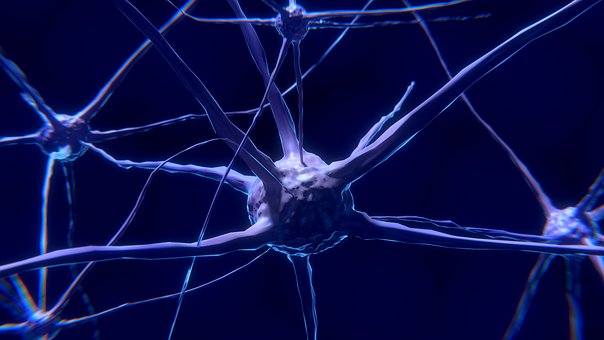Scientists at the Ecole Polytechnique Fédérale de Lausanne (EPFL) (Lausanne Federal Institute of Technology) have highlighted new connections between the brain and spinal cord in paraplegic rats, thus fuelling fresh hope for the treatment of paraplegic individuals who are currently involved in clinical trials.
Paraplegic rats were able to use their limbs again following electrochemical spinal cord stimulation and intensive rehabilitation therapy.
When the spinal cord is sectioned or crushed, its nerve fibres do not “grow back”, thus preventing the brain from carrying out its role and paralysing motor commands and sensory information. “Our method involves applying two types of stimulations below this injury. Firstly, by injecting a cocktail of molecules to stimulate the neurones, then, a few minutes later, by electrical stimulation via electrodes implanted on the dorsal section of the spinal cord,” explained Grégoire Courtine, Unit Manager at the EPFL Neuroprostheses Centre.
After intensive training, the animal learns to walk again with the assistance of “a smart assistive harness” to support its weight. “Highly active physiotherapy with a functioning spinal cord beneath the injury encourages the nerves to grow back, establish new connections and restore communication between the brain and the spinal cord. This is known as neuroplasticity,” explained Grégoire Courtine who went on to announce the likelihood of a human clinical trial by late 2018.
Sciences et Avenir (19/3/2018)

